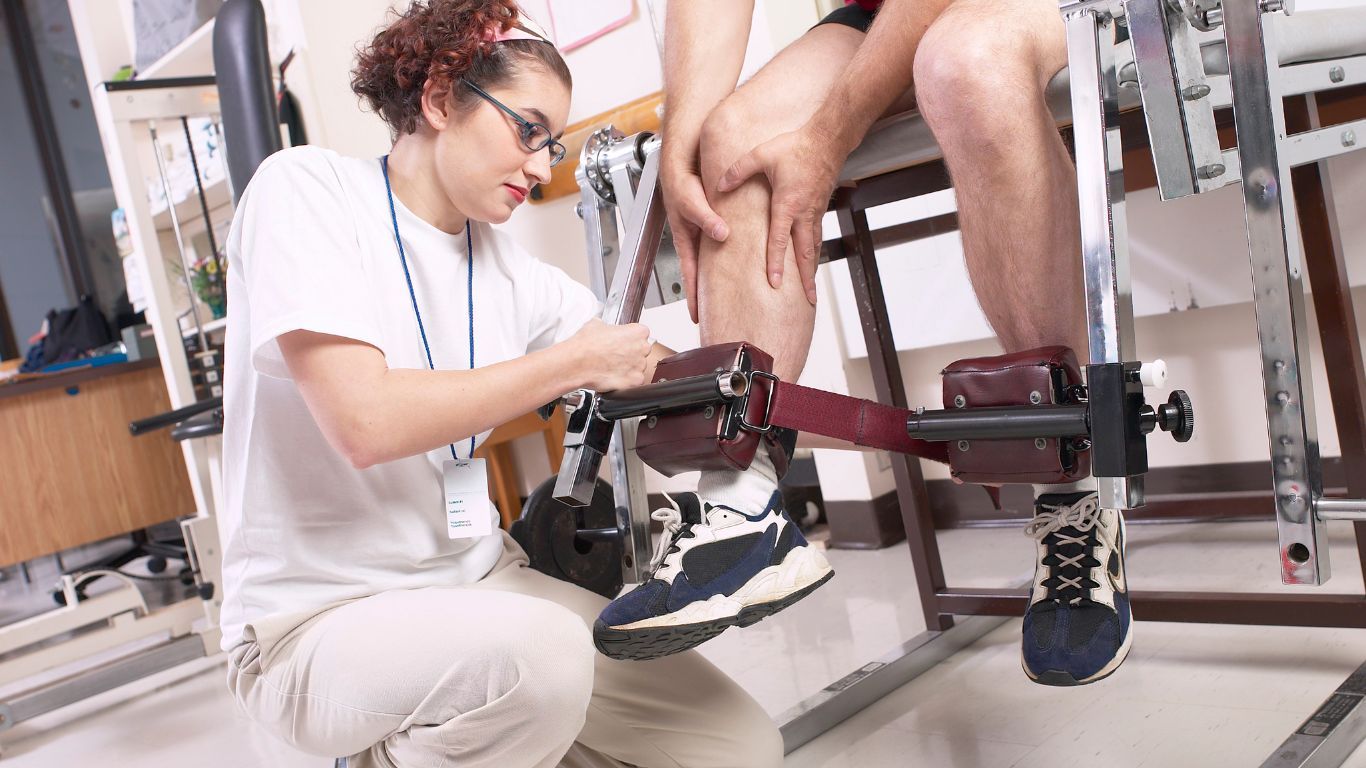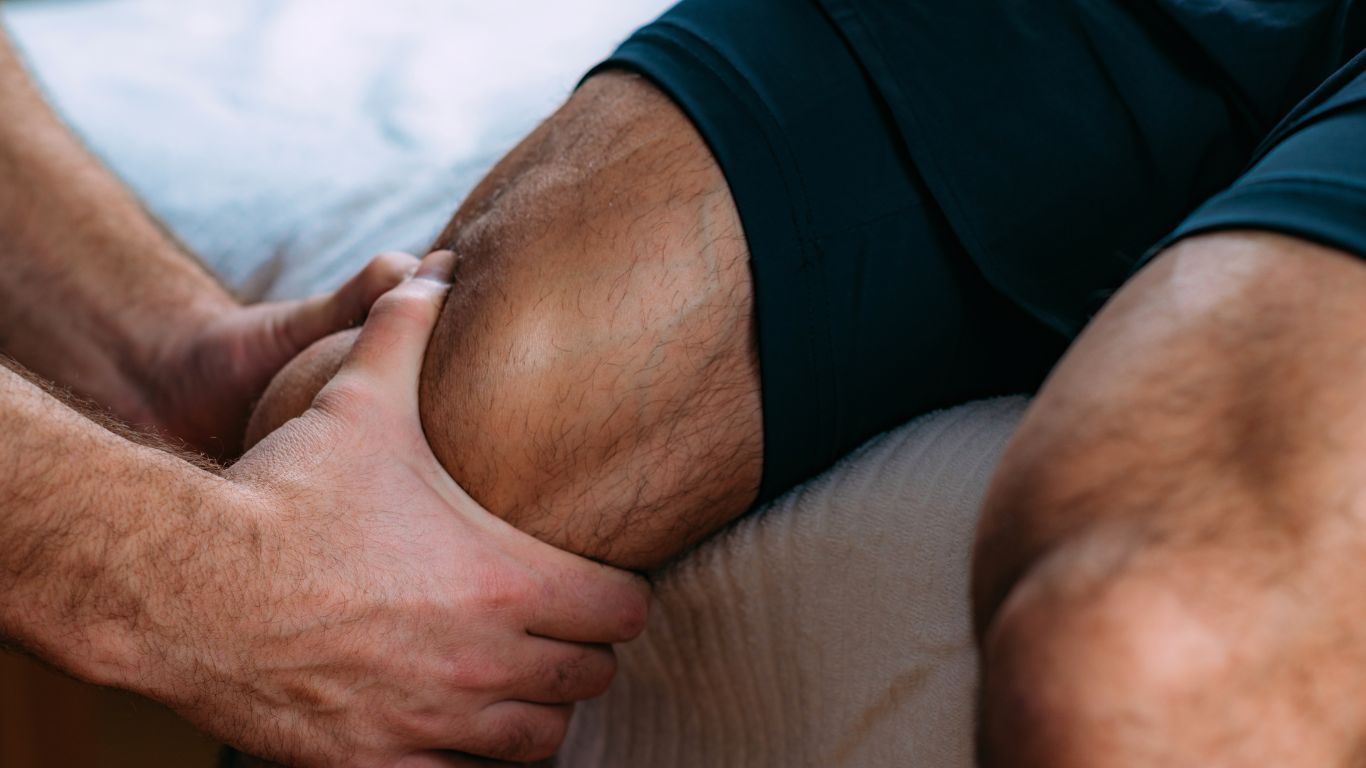Is Genicular Artery Embolization a Viable Alternative to Knee Replacement Surgery?
Knee pain affects millions of Americans every year, and for many, the traditional treatment path leads toward knee replacement surgery. But what if surgery isn't your only option?
At MM Medical, we specialize in Genicular Artery Embolization (GAE) — a non-surgical, minimally invasive treatment that’s changing the way chronic knee pain, especially from osteoarthritis, is managed. For patients hesitant about knee replacement, GAE offers a promising alternative that can deliver substantial relief without the physical and emotional toll of surgery.
In this article, we’ll examine how Genicular Artery Embolization works, how it compares to knee replacement surgery, and when it’s a practical solution for long-term pain relief.
Understanding the Need for Alternatives to Knee Replacement
The Challenge of Chronic Knee Pain
Knee pain caused by osteoarthritis or inflammation isn’t just a nuisance — it can become a constant limitation on your ability to walk, exercise, or even rest comfortably. While physical therapy, medications, and joint injections may help, these options often provide only temporary relief.
When those methods fail, knee replacement surgery becomes the standard next step. But for many, it's a daunting one.
Why Many Patients Delay or Avoid Surgery
Despite its effectiveness, total knee replacement is not a minor procedure:
- Lengthy recovery time (typically 3 to 6 months)
- Post-operative pain and physical therapy requirements
- Surgical risks (e.g., infection, blood clots, implant failure)
- Emotional or psychological resistance to invasive surgery
Not to mention, some patients simply aren’t medically eligible for surgery due to age or preexisting conditions.
This gap between persistent pain and hesitance to undergo surgery is exactly where Genicular Artery Embolization steps in as a viable, less invasive solution.
How Genicular Artery Embolization Works
Genicular Artery Embolization is a specialized outpatient procedure that targets the inflamed blood vessels around the knee joint. These arteries — called genicular arteries — become overactive in osteoarthritis, feeding inflammation and contributing to pain.
Step-by-Step Breakdown of the GAE Procedure
- Minimally Invasive Access
A small catheter is inserted through a tiny incision in the groin or wrist, guided to the arteries around the knee using imaging. - Targeting the Pain
The interventional radiologist identifies the inflamed genicular arteries responsible for chronic pain. - Embolization
Tiny particles are released to block blood flow to these overactive vessels, reducing inflammation and pain signals. - Completion
The catheter is removed, and patients typically return home the same day.
Key Benefits of GAE
- No hospital stay
- No general anesthesia
- Minimal downtime (most return to normal activity within a few days)
- Avoids cutting or replacing bone/joint structures
- High success rate in reducing pain
Clinical Evidence Behind GAE as a Surgical Alternative
GAE may sound innovative, but it’s not experimental. Several clinical studies and real-world cases have confirmed its efficacy for osteoarthritis-related knee pain.
What Research Says
- A study published in the journal Radiology found that GAE led to a 50-70% reduction in knee pain for patients with osteoarthritis who weren’t ready for surgery.
- In a 2019 trial conducted by Johns Hopkins, 75% of participants reported significantly improved function and quality of life within 6 months of undergoing GAE.
- Long-term results suggest that pain relief can last 12 months or more, and repeat procedures are possible if symptoms return.
Patient Outcomes
Patients who undergo GAE often describe:
- Reduced daily discomfort
- Improved ability to walk, climb stairs, and sleep
- Enhanced quality of life without the surgical risks
While GAE isn’t considered a permanent cure, it offers a long-term management strategy that can delay — or even eliminate — the need for knee replacement in many patients.
Who Is (and Isn’t) a Good Candidate for GAE Instead of Surgery?
GAE is not a one-size-fits-all solution, but for many, it’s a highly effective and lower-risk alternative to knee replacement.
Ideal GAE Candidates
You may be a good candidate if:
- You have chronic knee pain caused by osteoarthritis
- You’ve tried and failed conservative treatments (e.g., physical therapy, injections)
- You are not ready or eligible for surgery
- You want a less invasive treatment with minimal downtime
Who Might Still Need Surgery?
GAE may not be suitable if:
- You have severe or “bone-on-bone” arthritis
- Your joint has mechanical damage (e.g., torn ligaments, instability)
- You’ve already had a knee replacement
Even if surgery is ultimately necessary, GAE can serve as a transitional solution that delays surgery or improves pain enough to make surgery unnecessary.
When to Consider GAE as Your First Step
Choosing when to pursue a procedure like GAE depends on a few key signs and stages of pain.
Signs GAE Might Be Right for You:
- You’ve exhausted conservative treatments like over-the-counter medications, joint injections, and physical therapy
- Your knee pain is limiting daily activities, but surgery feels too extreme
- You're actively seeking alternatives to invasive procedures
- You're aiming to maintain independence and avoid long-term rehab
Role of GAE in Long-Term Knee Pain Management
GAE doesn’t preclude future treatments. In fact, many patients use it as a step before surgery, extending the usability of the natural knee joint while maintaining function and quality of life.
For others, it’s the primary treatment — especially older adults or those with health conditions that make surgery risky.
Final Thoughts: Is GAE a True Alternative to Knee Replacement?
While knee replacement remains the gold standard for end-stage osteoarthritis, it's not the only option. For many patients with mild to moderate arthritis, Genicular Artery Embolization provides substantial, long-lasting pain relief — without the risks and recovery involved in surgery.
At MM Medical, we’ve helped countless patients take control of their knee pain with GAE and return to the activities they love. If you’re living with chronic knee pain and considering your options, it’s time to ask whether surgery is really your only path forward.
✅ Ready to Take the First Step?
Don’t wait for your knee pain to get worse. Find out if Genicular Artery Embolization is right for you by scheduling a consultation with our expert team at MM Medical.
🔗 Click here to learn more and book an appointment.

Author:
MM Medical
MM Medical provides expert, compassionate care with advanced treatments to help you heal, move, and live pain-free.
Schedule an Appointment
Search
SHARE THIS POST:
Recent Post
Take the First Step
Don't Let Pain Hold You Back Any Longer.
Our experienced medical team is ready to guide you toward lasting relief and better mobility with personalized, effective treatments.
Call us now:











